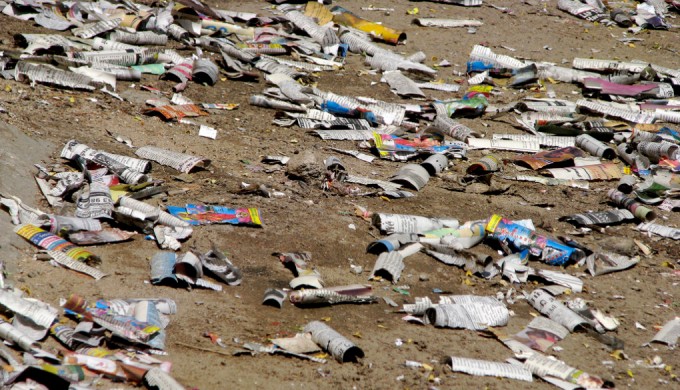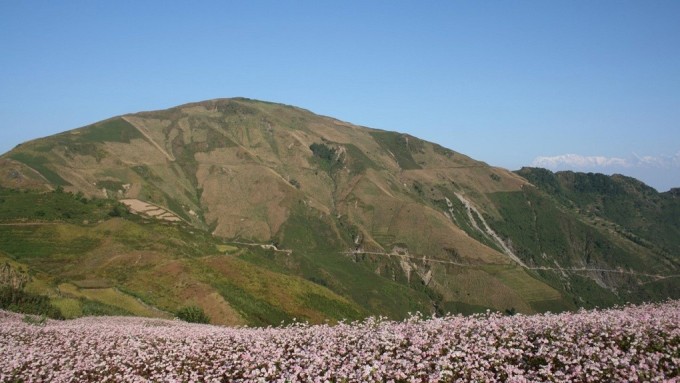Take my breath away: Delhi during Diwali
Firecrackers set off during the festival of Diwali send Delhi’s air pollution levels to dangerous heights
In 2014 the WHO released a report on air quality that shocked India. Used to seeing Beijing as the city with the most air pollution in the world, India was unprepared for figures that showed that now India led on this toxic table, especially on measures of particulate matter which are smaller than 2.5 microns (PM 2.5). These tiny particles…Read more





